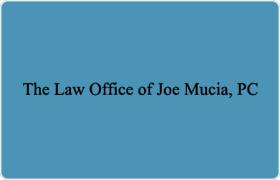 Ray Brook Felony Lawyers, New York
Ray Brook Felony Lawyers, New York
Sponsored Law Firm
-
 x
x

Click For More Info:
-
The Law Office of Joe Mucia, PC
12 Wildwood Estates Plattsburgh, NY 12901» view mapCriminal Defense, Traffic, Landlord-Tenant Accurate & Diligent Representation
When you need accurate representation, whether it’s a divorce lawyer or criminal defense lawyer, Joseph Mucia is there for you.
800-856-4620
Not enough matches for Ray Brook Felony lawyer.
Below are all Ray Brook Criminal lawyers.
Lawyers
1-4 of 4 matches



 Joseph Mucia Plattsburgh, NY
Joseph Mucia Plattsburgh, NY Practice AreasExpertise
Practice AreasExpertise